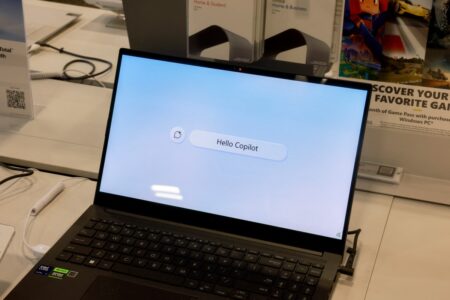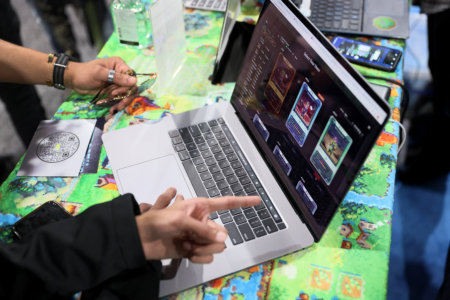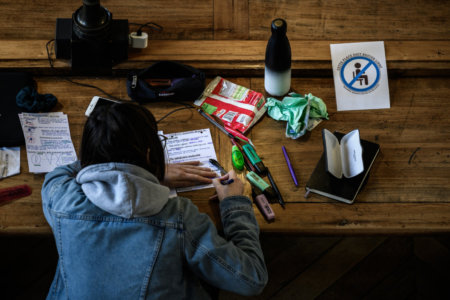
Musical plagiarism is nothing new, but disputes over whether a song is plagiarised or not are just as complicated as academic plagiarism. Famous pop stars as well as underground and on-the-rise artists have both been accused of musical plagiarism, and many of these cases have been brought to court, with some dragging on for years.
With rapid advancements in digital media comes accessibility – people can now download and upload songs immediately. This has given rise to piracy and music plagiarism cases because many creators can use content without giving credit where it’s due. This is no different in university, where books, research and the like are widely available online, which can lead to plagiarism, whether accidental or not.
While musical plagiarism can be much more nuanced than academic plagiarism, the consequences are still heavy. When A-listers get embroiled in musical plagiarism, it can be damaging to a singer’s career. Similarly, students who are caught plagiarising in university can fail their class, get suspended, or worse — get expelled.
So, what are some of the things that students can learn from pop stars who have been embroiled in musical plagiarism? We’ve broken it down for you.
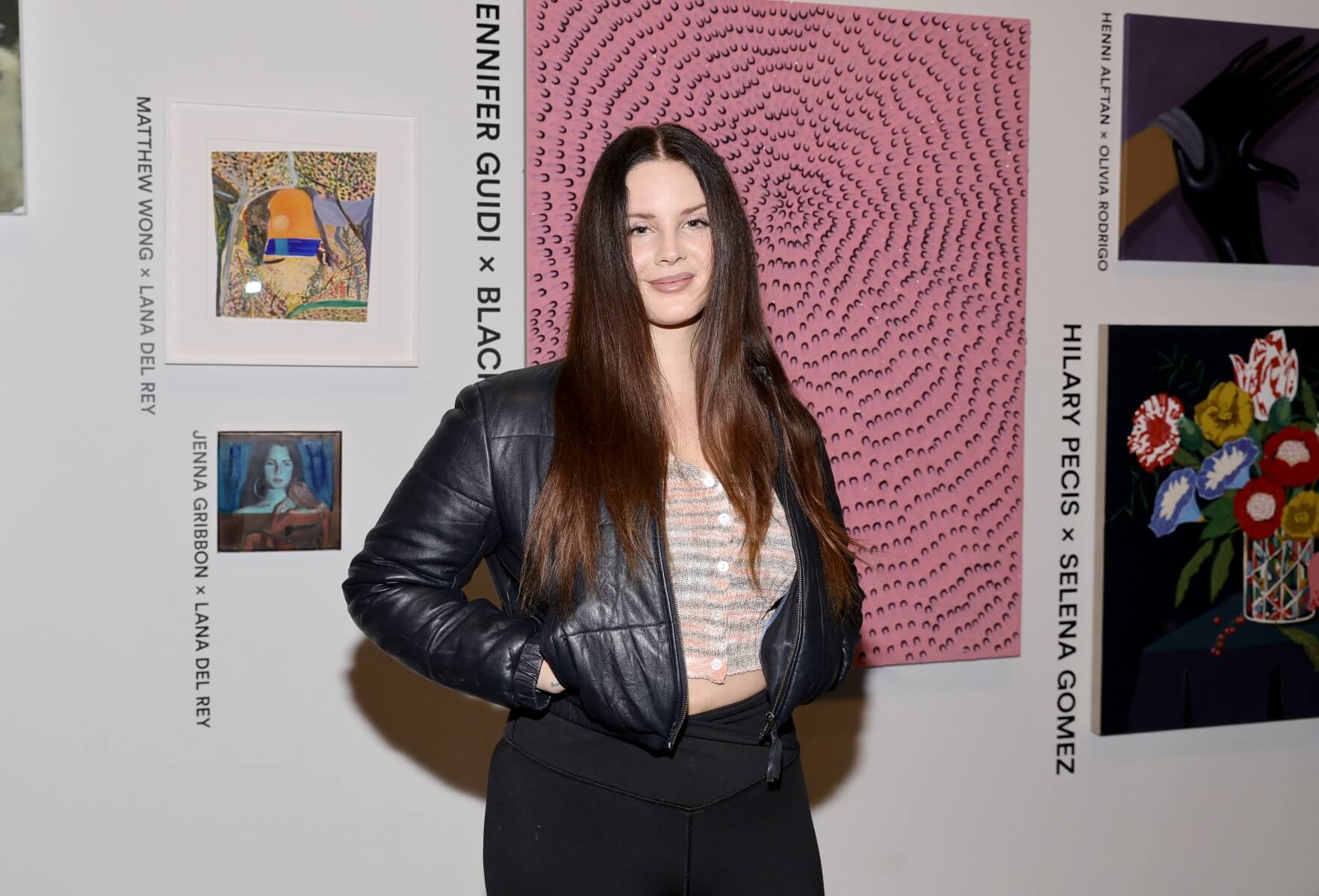
Another musical plagiarism case that hit a pop star’s reputation hard: Lana Del Rey’s single “Get Free” versus Radiohead’s famous 1992 hit “Creep”. Source: Emma McIntyre
Give credit where it is due
Musical plagiarism can be when the offender copies the melody of the original composer, whether portions of the melody or its whole, to make a new melody. It could also be the unauthorised use of lyrics or intentional copying of musical ideas or motifs of an existing song. What all these actions have in common, however, is that it is considered plagiarism when the offender passes it off as their original work.
Sounds familiar? That is because academic plagiarism works the same way. While there are many ways to plagiarise academic work; you may end up getting labelled a plagiariser when you don’t give credit where it’s due. It may seem harmless to forgo one or two sentences without referencing the original source, but unlike the music world where expensive lawsuits are a concern, a student who plagiarises risks failing a class, or worse, getting expelled.
This was exactly what happened to an Ohio University student who reportedly took three sentence fragments verbatim from Wikipedia and paraphrased a movie synopsis from the site without referencing the source. According to US News and World report, she was eventually expelled. At the time, the aforementioned student had no idea she had “done something wrong”.
Avoid accidental plagiarism
For musicians and music students, determining whether your melody was plagiarised or not is much more challenging compared to academic plagiarism. Unlike academia where apps like Grammarly and Turnitin can check for plagiarism, there aren’t any resources that can prove a melody is an original form of work. To a certain extent, music recognition apps can work, but what musicians do is consult someone in the industry who has extensive knowledge in the field – and make them listen to the song firsthand.
It’s important to note that not only lyrics can be plagiarised, so it might be a good idea to use a sheet music detector next. Musipedia is a good resource for this. You can manually enter the sheet music on the site with its virtual keyboard, or use your own MIDI keyboard. You can also use the “Contour Search” option which hunts down songs via the Parsons code, a notation that identifies the “shape” of a melody. Non-music students should always be diligent about their work. There are plenty of online tools to detect plagiarism, so use them to your advantage.
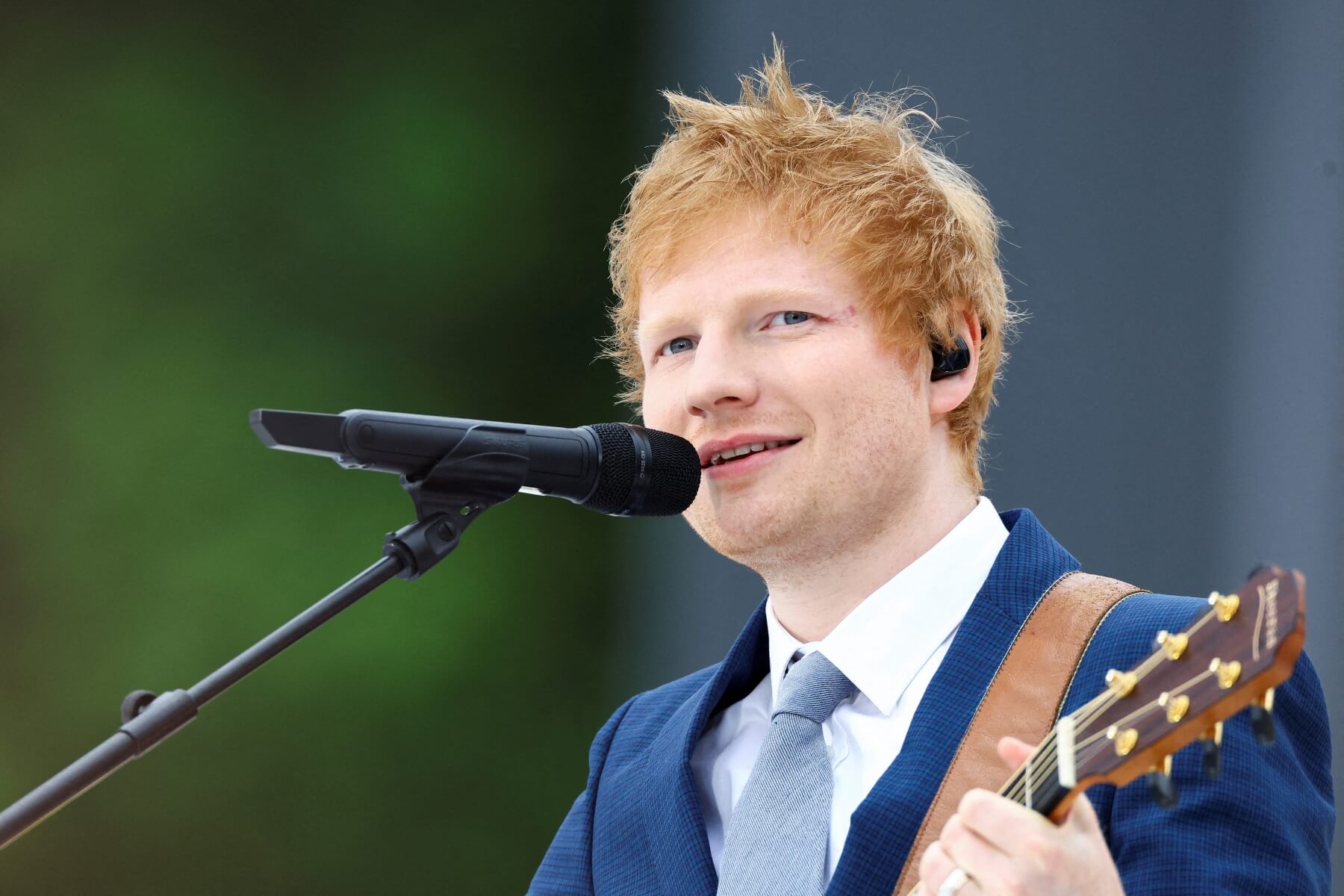
Ed Sheeran has been vindicated from his “Shape of You” plagiarism lawsuit. The Rolling Stones reported that Sheeran told the court that he “always tried to be completely fair” in crediting his contributors. Source: Hannah McKay
Know your rights and get the right advice
When British rock band Coldplay released their song “Viva La Vida”, guitarist Joe Satriani accused them of plagiarism. The same song landed Coldplay in hot soup with an American band Creaky Boards. Although both cases were dismissed, speculations were that Coldplay acknowledged their wrongdoings and settled both cases outside of court.
The same goes for 1990s Britpop legends Oasis, who was accused of plagiarising the tone of a Coca-Cola commercial song by The New Seekers. What makes this case particularly interesting, however, is that the public also realised the similar tunes of Oasis’ hit single “Shakermaker” and the commercial song “I’d Like to Teach the World to Sing”. While Oasis owned up to its mistake, they were sued handsomely by Coca-Cola in the process. Both bands have managed to successfully protect not just their work, but their reputations as artists.
According to Asselta Law, a law firm in the US that handles student plagiarism cases, it is best to admit to plagiarism with caution. Usually, students are offered this deal in exchange for a letter of apology, a grade reduction, or a failure of the assignment. While this is miles better than expulsion, the firm advises students to ensure that the professor who extended this deal to them is indeed the final decision-maker on the issue as there have been cases where the unauthorised professor uses the “backroom deal” as a way to report the student, which can lead to worse sanctions.








